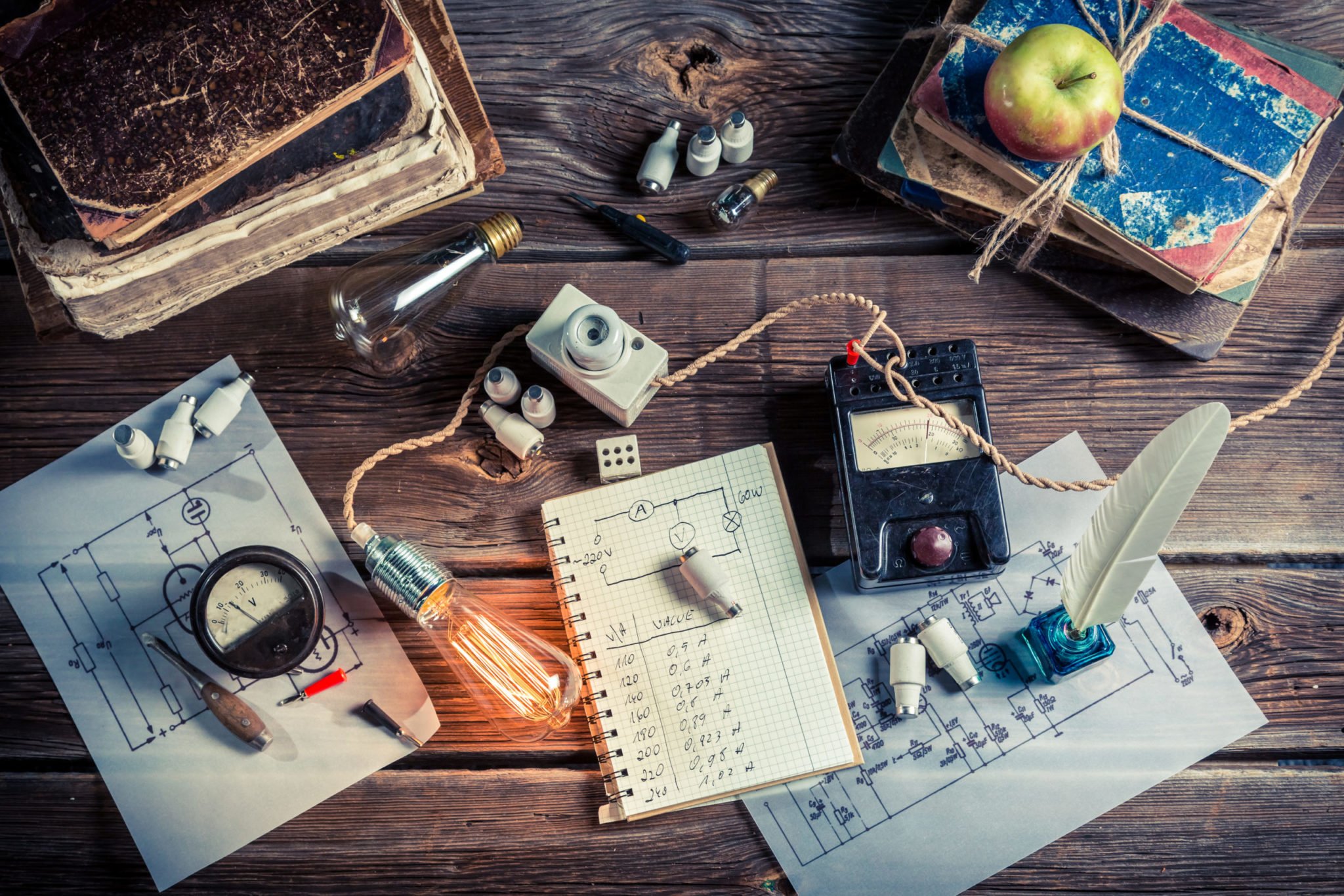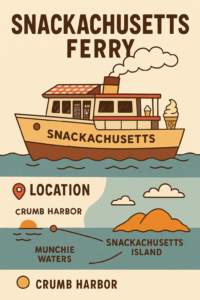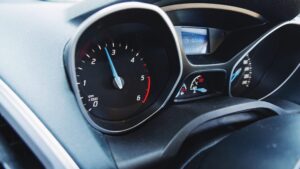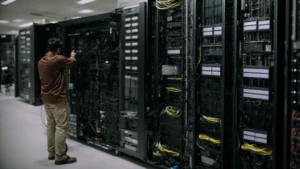The world as we know it would not be possible without electricity. It has changed the way we live, work, and play. For example, electric lights have allowed us to extend our day and work into the night. Electricity has also allowed us to create new and innovative ways to play, such as video games and the internet, and electric companies like Rockwall Electric in the state of Texas work long and hard to meet your electricity needs, from repairs to installations. Keep reading to learn about the history of electricity and how it has changed the world.
Electricity in the 18th Century
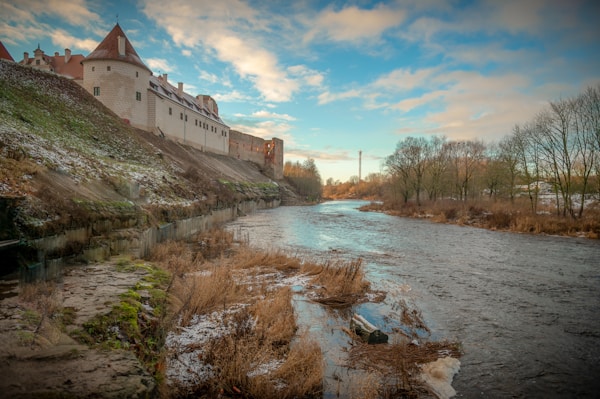
Electricity has always been a fascinating and mysterious thing. Even in the 1700s, people were trying to figure out what it was and how it worked. In the early days, people thought that electricity was some sort of fluid that could be transferred from one object to another. They would use things like metal rods and Leyden jars to try to “capture” and store electricity. It wasn’t until the late 1700s that people started to figure out that electricity was actually a form of energy. And it wasn’t until the early 1800s that people started to experiment with using electricity to power machines.
Electricity in the 19th Century
Electricity is a natural phenomenon that has always been around, but it wasn’t until the 1800s that people started to harness its power for everyday use. In the 1800s, people started to use electricity to power machines. The first electric motor was created in 1821 by Michael Faraday. In the 1830s, Samuel Morse invented the telegraph, which was the first electrical device to be used for communication. In 1879, Thomas Edison created the first commercial electric light bulb. In 1888, Nikola Tesla invented the alternating current motor, which is still the standard for electricity today. Electricity has certainly come a long way since the 1800s.
Electricity in the 20th Century
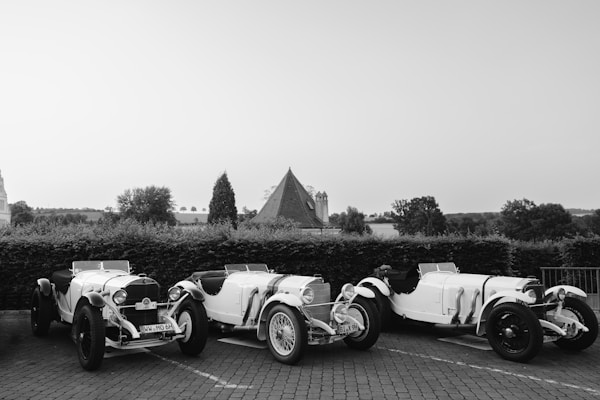
In the early 1900s, electricity was still a relatively new technology. At the turn of the century, electricity was used primarily for lighting and powering machines. Homes and businesses were lit by electric lights, and machines like sewing machines and dishwashers were powered by electricity.
However, electricity had a lot of potential beyond just lighting and powering machines. In the early 1900s, people began to explore the possibilities of using electricity to power transportation. In 1901, an electric car was created that could travel up to 40 miles per hour. In 1903, an electric train was created that could travel up to 125 miles per hour. And in 1904, an electric bus was created that could travel up to 25 miles per hour. In the early 1900s, scientists began to explore the potential of using renewable sources of energy like solar and wind power to generate electricity. And in the late 1900s, they began to explore the potential of using nuclear power to generate electricity. By the late 1900s, electricity had become a vital part of modern life. It was used to power homes, businesses, transportation, and communication systems. And it had become an essential part of the global economy.
Electricity Today
Electricity is one of the most important aspects of today’s world. It is responsible for powering our homes, our businesses, and our society. Without it, we would be living in a very different world. Electricity is a vital part of our lives, and it is likely to play an even more important role in the future. Thanks to electricity, we are able to enjoy a level of comfort and convenience that was once unthinkable.
The history of electricity is important because it has changed the world in many ways. It has allowed for new technologies to be developed and has made many tasks easier. Overall, the history of electricity is an important part of human development and has allowed for many advances in various fields.

